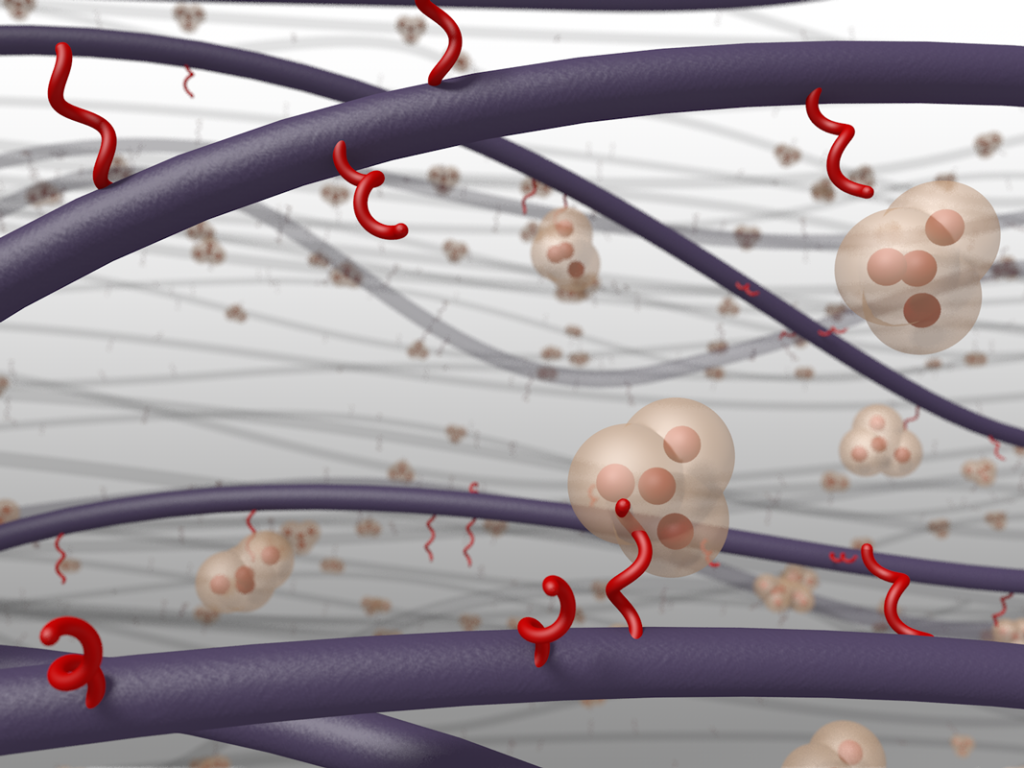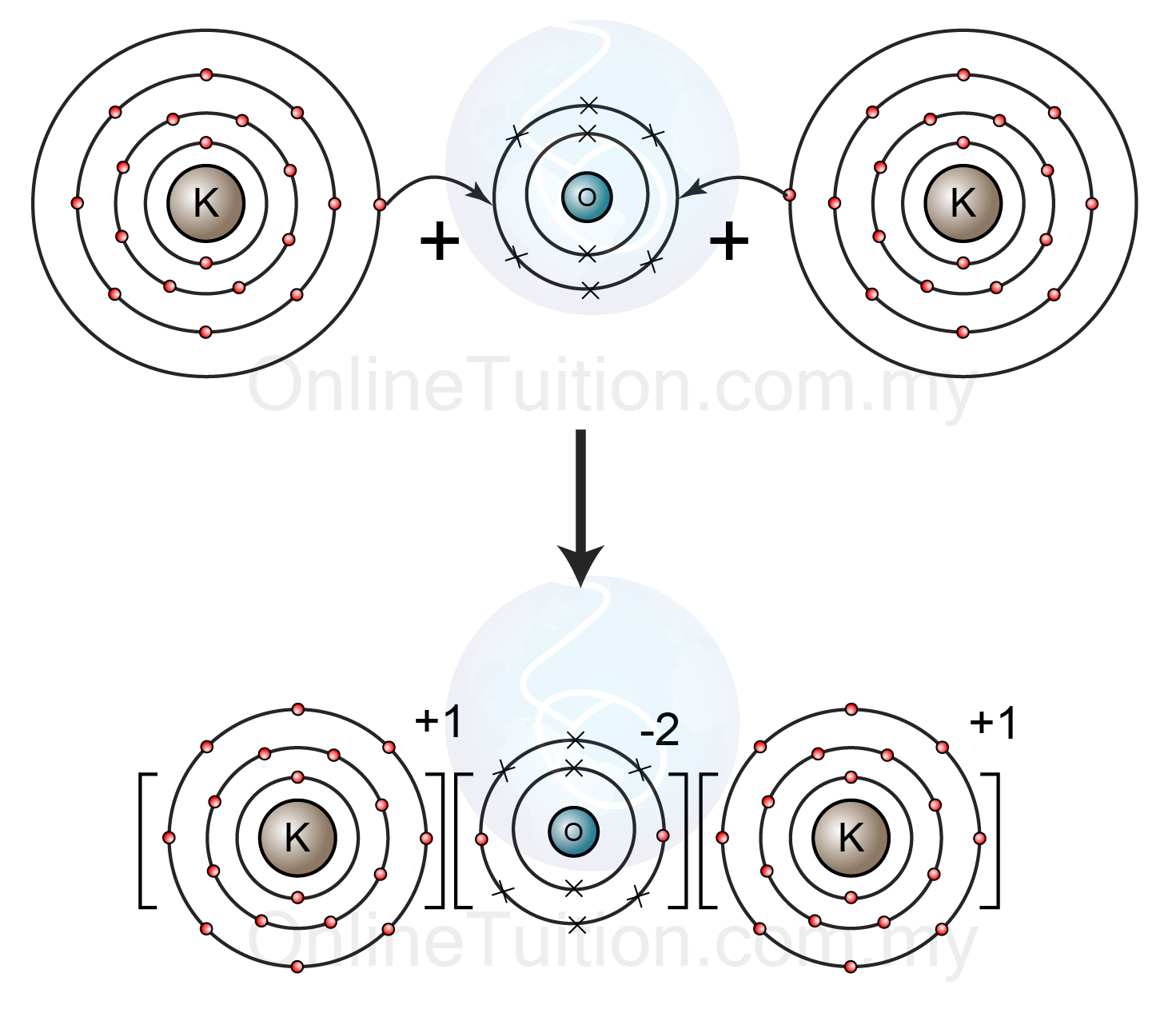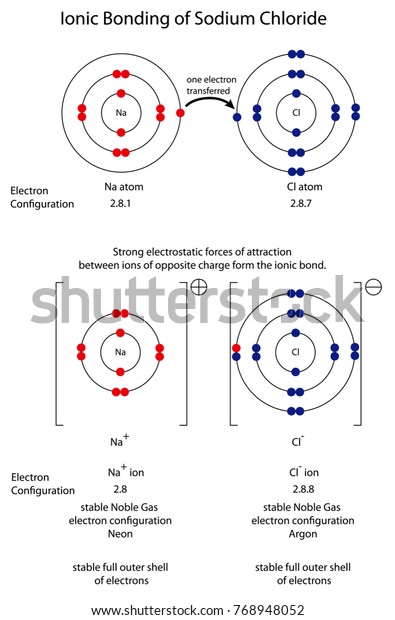
The most widely used supports are hydrophilic carbohydrates: cross-linked agarose and synthetic copolymer materials. Proteins bound under these conditions are difficult to elute due to multi-point attachment (Jennissen, 1978). With a high level of ligand substitution, the binding capacity remains constant however, the affinity of the interaction increases (Jennissen and Heilmeyer, 1975). The protein binding capacity increases with an increased degree of substitution of the immobilized ligand. The choice of ligand type is empirically determined. In general, straight chain alkyl ligands demonstrate hydrophobic character while aryl ligands show a mixed mode behavior where both aromatic and hydrophobic interactions are possible (Hofstee and Otillio, 1978).

In chemistry, the valence (US spelling) or valency (British spelling) of an element is the measure of its combining capacity with other atoms when it forms chemical compounds or molecules.This section provides general considerations for hydrophobic interaction chromatography including factors such as the ligand, matrix, salt concentration, pH, and temperature.Ī protein's adsorption behavior is determined by the type of immobilized ligand. The combining capacity, or affinity of an atom of a given element is determined by the number of hydrogen atoms that it combines with. In methane, carbon has a valence of 4 in ammonia, nitrogen has a valence of 3 in water, oxygen has a valence of 2 and in hydrogen chloride, chlorine has a valence of 1. Phosphorus has a valence of 5 in phosphorus pentachloride, PCl 5.Ĭhlorine, as it has a valence of one, can be substituted for hydrogen. Valence diagrams of a compound represent the connectivity of the elements, with lines drawn between two elements, sometimes called bonds, representing a saturated valency for each element. The two tables below show some examples of different compounds, their valence diagrams, and the valences for each element of the compound.

#Ion bonding capacity measure free
This definition differs from the IUPAC definition as an element can be said to have more than one valence.Ī very similar modern definition given in a recent article defines the valence of a particular atom in a molecule as "the number of electrons that an atom uses in bonding", with two equivalent formulas for calculating valence: valence = number of electrons in valence shell of free atom – number of non-bonding electrons on atom in molecule, Valence is defined by the IUPAC as: The maximum number of univalent atoms (originally hydrogen or chlorine atoms) that may combine with an atom of the element under consideration, or with a fragment, or for which an atom of this element can be substituted.Īn alternative modern description is: The number of hydrogen atoms that can combine with an element in a binary hydride or twice the number of oxygen atoms combining with an element in its oxide or oxides. Valence = number of bonds + formal charge. William Higgins' combinations of ultimate particles (1789) The etymology of the words valence (plural valences) and valency (plural valencies) traces back to 1425, meaning "extract, preparation", from Latin valentia "strength, capacity", from the earlier valor "worth, value", and the chemical meaning referring to the "combining power of an element" is recorded from 1884, from German Valenz.

The concept of valence was developed in the second half of the 19th century and helped successfully explain the molecular structure of inorganic and organic compounds. The quest for the underlying causes of valence led to the modern theories of chemical bonding, including the cubical atom (1902), Lewis structures (1916), valence bond theory (1927), molecular orbitals (1928), valence shell electron pair repulsion theory (1958), and all of the advanced methods of quantum chemistry. In 1789, William Higgins published views on what he called combinations of "ultimate" particles, which foreshadowed the concept of valency bonds. If, for example, according to Higgins, the force between the ultimate particle of oxygen and the ultimate particle of nitrogen were 6, then the strength of the force would be divided accordingly, and likewise for the other combinations of ultimate particles (see illustration). The exact inception, however, of the theory of chemical valencies can be traced to an 1852 paper by Edward Frankland, in which he combined the older radical theory with thoughts on chemical affinity to show that certain elements have the tendency to combine with other elements to form compounds containing 3, i.e., in the 3-atom groups (e.g., NO 3, NH 3, NI 3, etc.) or 5, i.e., in the 5-atom groups (e.g., NO 5, NH 4O, PO 5, etc.), equivalents of the attached elements.


 0 kommentar(er)
0 kommentar(er)
